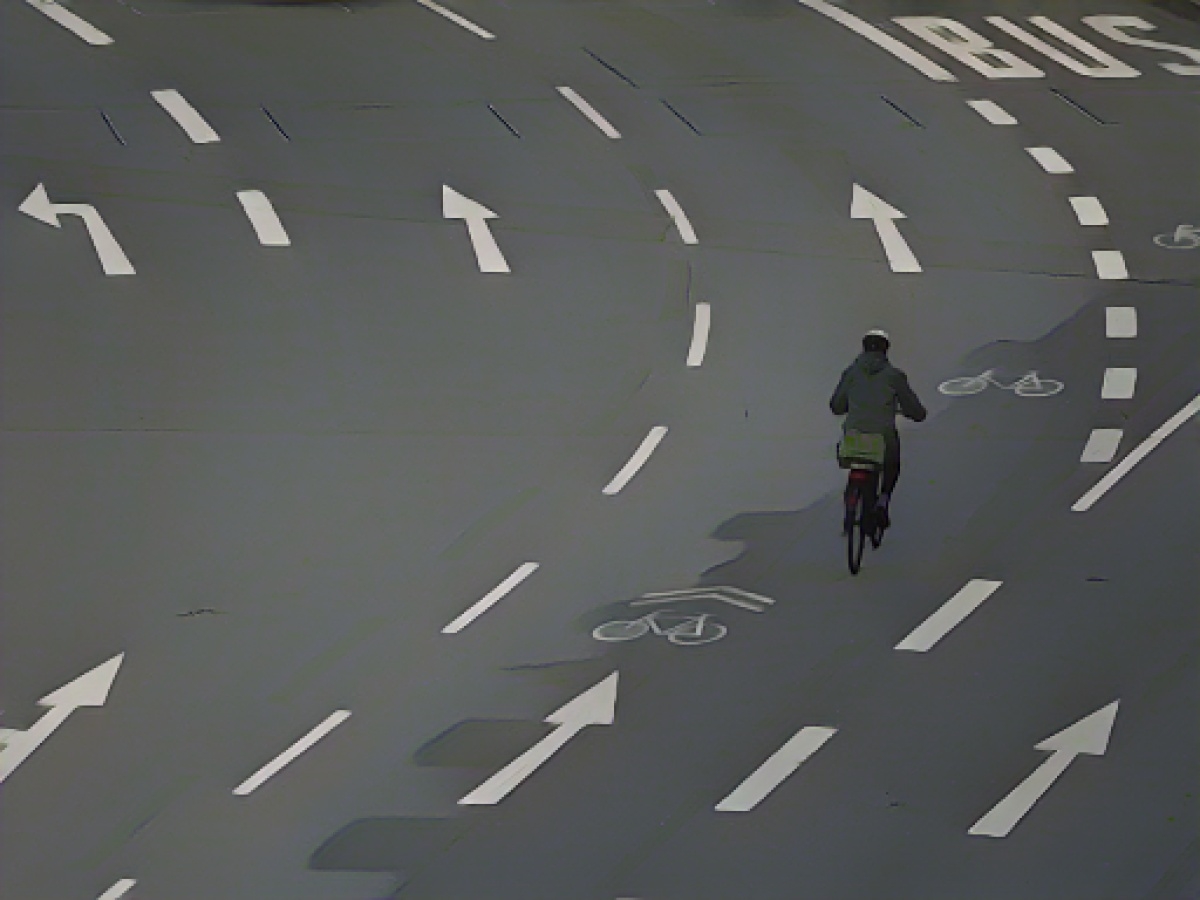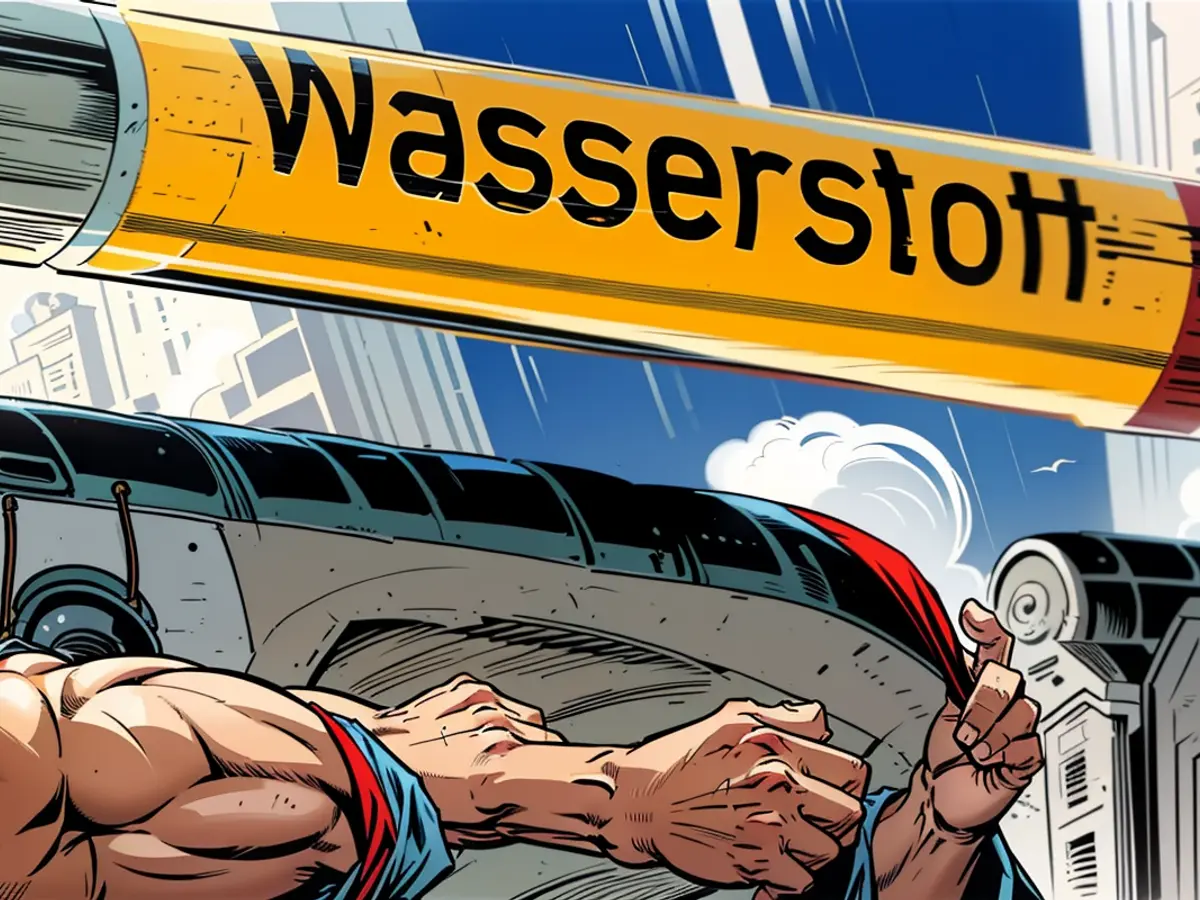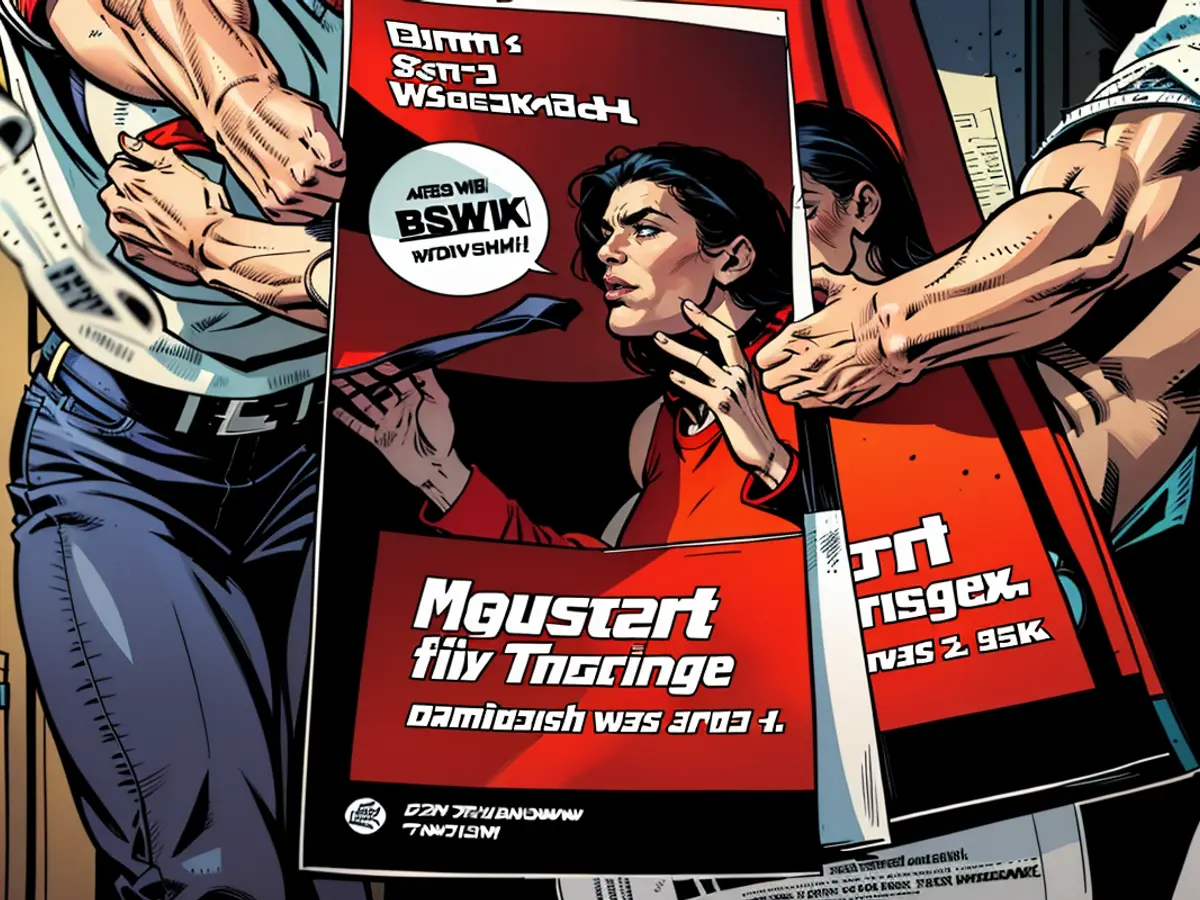Traffic Transformations and Turmoil
With an increase in bike paths and pedestrian-friendly spaces, some Hessian municipalities are undergoing a city-wide transformation. However, this shift towards fewer cars is not without controversy. The conflicts in German cities mirror those seen in Giessen, Marburg, and Frankfurt, according to mobility expert Anne Klein-Hitpaß from the German Institute of Urban Affairs. Let's delve into the challenges and triumphs faced by each city.
Giessen's Controversial Trial
Speculation surrounding the future of comprehensive traffic trials in Giessen dominated headlines, but the outcome was unexpected. The original plan, which had caused quite a stir, was to restrict motorized traffic to the outer lanes of the ring road and allocate the inner lanes for bicycle and bus traffic. However, the local business community expressed significant concerns, leading two residents to object. As a result, the administrative court granted their urgent appeal, and the original traffic routing was deemed unlawful, resulting in the trial's eventual termination.
Costs and Investigations
While the reconstruction costs were initially estimated to be 1.2 million euros, Giessen Mayor Alexander Wright (Greens) found himself under investigation for embezzlement. The public prosecutor seized documents from town hall offices as part of the ongoing evaluation.
Marburg's MoVe 35 Concept Faces Obstacles
A citizens' petition has put Marburg's ambitious "MoVe 35" traffic concept under scrutiny. The ambitious plan aims to promote future-oriented and climate-friendly mobility through improved conditions for cycling, walking, and public transportation. Critics have already amassed more than 8,000 signatures, leading to potential plan revisions and a referendum within three to six months. The exact financial implications of a possible referendum and relaunch remain uncertain.
Frankfurt's Planned Changes
Frankfurt's traffic department head Wolfgang Siefert (Greens) announced plans to further restrict motorized traffic in the city center. Proposed changes include a 20 km/h speed limit for side streets, eliminating on-street parking spaces, and limiting through traffic to the main roads. While critics express concerns, city officials remain confident in the measures' potential benefits, such as reduced traffic-related pollution and improved public spaces.
Expert Insights and Challenges
Anne Klein-Hitpaß, Head of the Mobility Research Unit at the German Institute of Urban Affairs, notes that cities face a difficult legal framework. She suggests the need for a consistent, logical implementation of city-planning visions to make the transition to a more bike- and pedestrian-friendly urban environment smoother. According to Klein-Hitpaß, overcoming external opposition and gaining broad public support is paramount.
Addressing Resistance and Challenges
The legal challenges faced by cities in promoting cycling and pedestrian traffic are complex. These challenges range from speed limits and noise regulations to public opinion and enforcement issues. Engaging with stakeholders and the public to develop implementable and equitable solutions is essential for successful city planning initiatives in Hessian and German municipalities.
In conclusion, the challenges related to promoting cycling and pedestrian traffic while reducing car usage in German cities can be daunting, but with thorough planning, public engagement, and a clear vision, meaningful progress can still be made. It is a delicate balancing act that requires persistence and adaptability.








